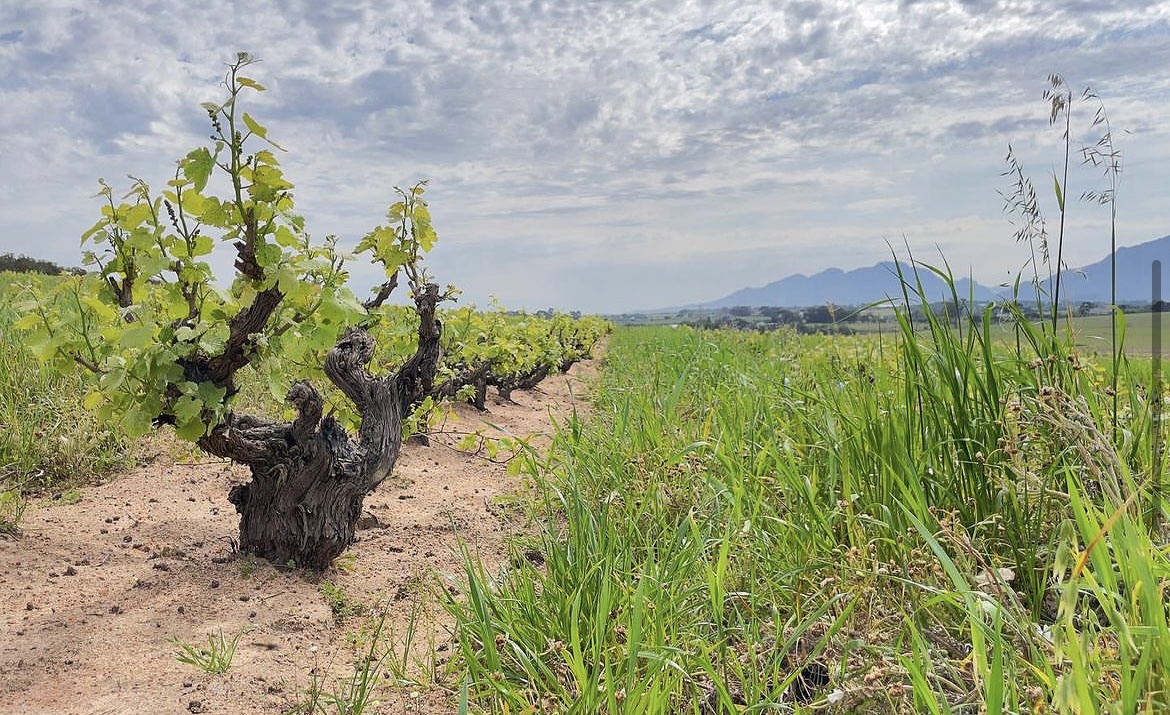
Bush vines are leading the way in South Africa. These vines, perfect for arid areas, require highly skilled workers due to their labor-intensive nature. Their dense canopies offer excellent sun protection, which is crucial for a warming planet. The smaller canopies need less water, and the fruit benefits from dappled sunlight. Not all varieties thrive as bush vines, though. For example, Syrah can struggle because its fragile stems can snap. An alternative method is to let the vine sprawl a bit, similar to the single-wire umbrella spread often used in Australia, allowing dappled light to reach the fruit.
So, what exactly are bush vines?
Depending on the climate, wine style, soil, and other factors, vines are pruned in specific ways. Bush vine pruning, as the name suggests, results in a bush-like shape and is one of the oldest pruning styles in the world. It usually features a short trunk with a somewhat irregular top, unlike the neat “T” shape (double guyot) often seen in Bordeaux vineyards.
Why choose bush vines?
This shape allows the vine to have enough leaves for shade, protecting the fruit from burning and ensuring gradual, proper ripening. It also helps ventilate the vine, preventing diseases like mold. Ideal for warm climates with plenty of sunshine, such as the Rhône, South Africa, Australia, and Greece, bush vines can reach up to 20 meters deep in search of water. This makes them perfect for dry climates or areas where irrigation is difficult or prohibited.
However, bush vines do have some downsides.
The most significant is the inability to use mechanical harvesting, making the process more labor-intensive and costly. They also tend to have lower yields, which can lead to financial losses for producers unless they can sell their wines at a higher price. Some people associate bush vines with biodynamic cultivation and high-quality wine, although this link hasn’t been scientifically substantiated. However, it’s known that bush vines are less susceptible to Botrytis cinerea (gray rot), resulting in healthier plants with fewer chemicals needed, which is why biodynamic supporters often favor them.
One Comment
Comments are closed.




[…] South Africa leads the world in bush vine plantings. Ideal for arid areas, bush vines are labor-intensive and need skilled workers, but they offer sun protection with their dense canopy, making them perfect for a warming planet. Their smaller canopies need less water to maintain them, and the developing fruit sees dappled sunlight. But not all varieties do well as bush vines. Syrah struggles because fragile stems can snap. An alternative is to not grow the vine as a vertically shoot positioned canopy, but instead let it sprawl a bit, like the single-wire umbrella spread often used in Australia. Again, this allows dappled light to reach the fruit. Learn more here […]